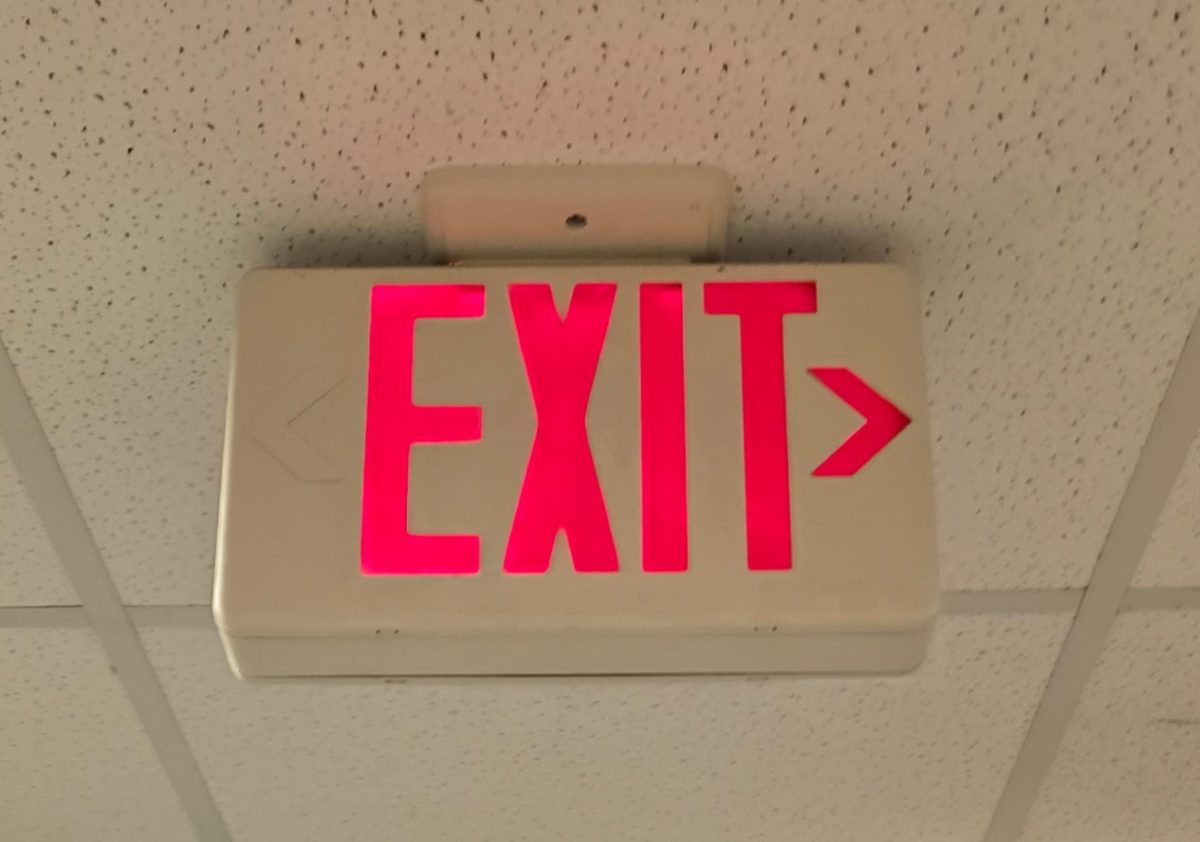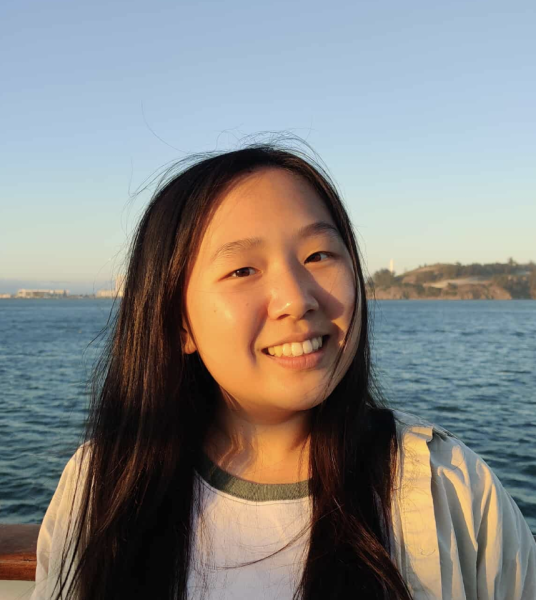In Nov. 2023, Lexington High School’s creative writing club participated in National Novel Writing Month (NaNoWriMo), a rigorous but motivating writing challenge for aspiring authors.
Since its beginning in 1999, NaNoWriMo has taken place every November in the United States. During the event, writers must write 50,000 words of a novel in the 30 days of November. However, LHS’s creative writing club has taken a less stressful, more open-ended approach to the challenge.
“We understand that as students who are pretty busy with high school, it’s not necessarily attainable for everyone to do that. So at creative writing club, we have a tradition where there’s a big spreadsheet and we challenge everyone to try to write a sentence every day to build towards a story,” Allison Liu, a senior and co-leader of the club, said.
The creative writing club aims to bring writers together and provide a welcoming space for them to either collaborate or work independently.
While the event promotes productivity, it also fosters passion and interest in writing, especially when students are writing alongside their friends.
“It gets a lot of people interested to write more than they normally would. I’ve done it before and part of writing is just, if you can just sit down and say you’re gonna write for five minutes, you might write ten, you might write 20. Once you’re there, if you just guarantee that you’re going to do something every day it’s a really good motivator,” Amy Parrish, the club’s advisor, said.
Calvin Jones, a senior and co-leader of the club, believes that one of the advantages of the event is progressing alongside the larger writing community participating in NaNoWriMo.
“You’re one of all of these different writers all over the world that are working towards writing something big, which is really fun when you’re part of that community,” Jones said.
Other writers in the creative writing club especially enjoyed the inspirational aspect of the event. The club’s shared spreadsheet gives members the option to share their work, so members that prefer to observe NaNoWriMo rather than participate find that the spreadsheet serves as a source of encouragement.
“I like to peek through to see what other folks are writing and a lot of it was really intriguing. When you do the log you write one or two of the sentences that you wrote that day in the log to show that you did it. And now I kind of just want to read the story connected,” Adrian Chism, a sophomore and club member, said.
Going forward, the creative writing club hopes that more people will build a consistent writing practice–something they can continue even when November comes to a close.
“My hope is that people continue to view NaNoWriMo not as a binding obligation, but as something you can do for fun to just push yourself a little bit out of your comfort zone and continue engaging with creative writing whenever you have the time,” Liu said.





